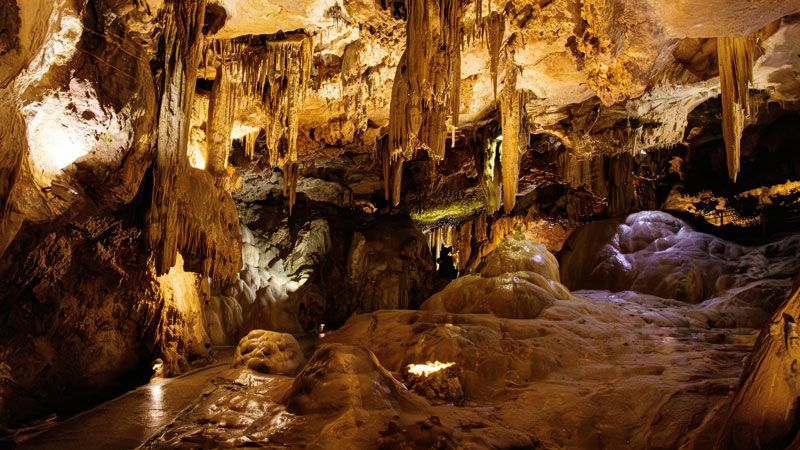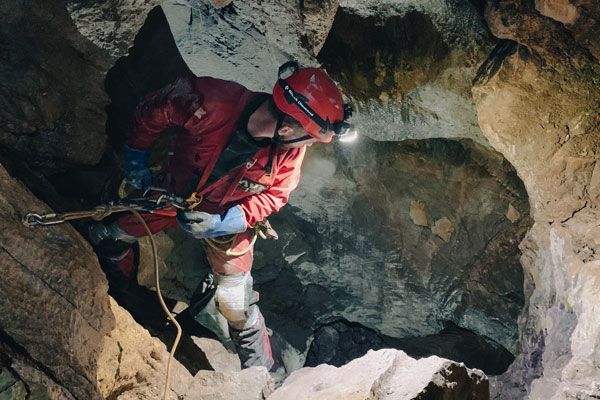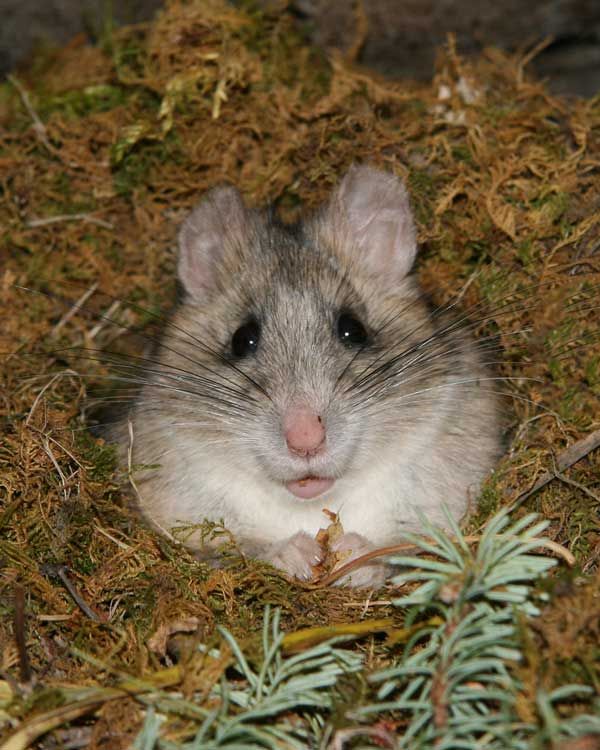
Rat’s Nest Cave: What’s With the Name?
Tucked away near the bustling adventure town of Canmore, Alberta, lies a natural wonder that piques curiosity as much for its geological marvels as for its peculiar name: Rat’s Nest Cave. Named not for infestations of the common vermin as one might mistakenly presume, but rather for its long-time residents, the bushy-tailed wood rats, this cave presents a unique blend of natural history and ecological significance.
The name "Rat’s Nest Cave" often elicits a mix of intrigue and dismay upon first hearing it, particularly given Alberta’s famed status as a "rat-free" province. This unusual pairing of terms invites questions and sometimes confusion among tourists and locals alike. Why name a cave after rats in a region celebrated for its lack of them? The answer weaves together a tale of ecological diversity, geological wonder, and a little-known yet fascinating inhabitant of Alberta’s wild landscapes.
In this article, we will explore the intriguing backstory of how Rat’s Nest Cave earned its name, delve into Alberta’s efforts to remain rat-free, and celebrate the often misunderstood bushy-tailed wood rat. Join us as we uncover the historical and environmental narratives that make Rat’s Nest Cave a must-visit location for those keen to discover the hidden tales of Alberta’s wilderness. This journey through the cave’s storied past and vibrant present aims not only to educate but also to inspire appreciation and respect for the delicate balance of its underground ecosystem.



